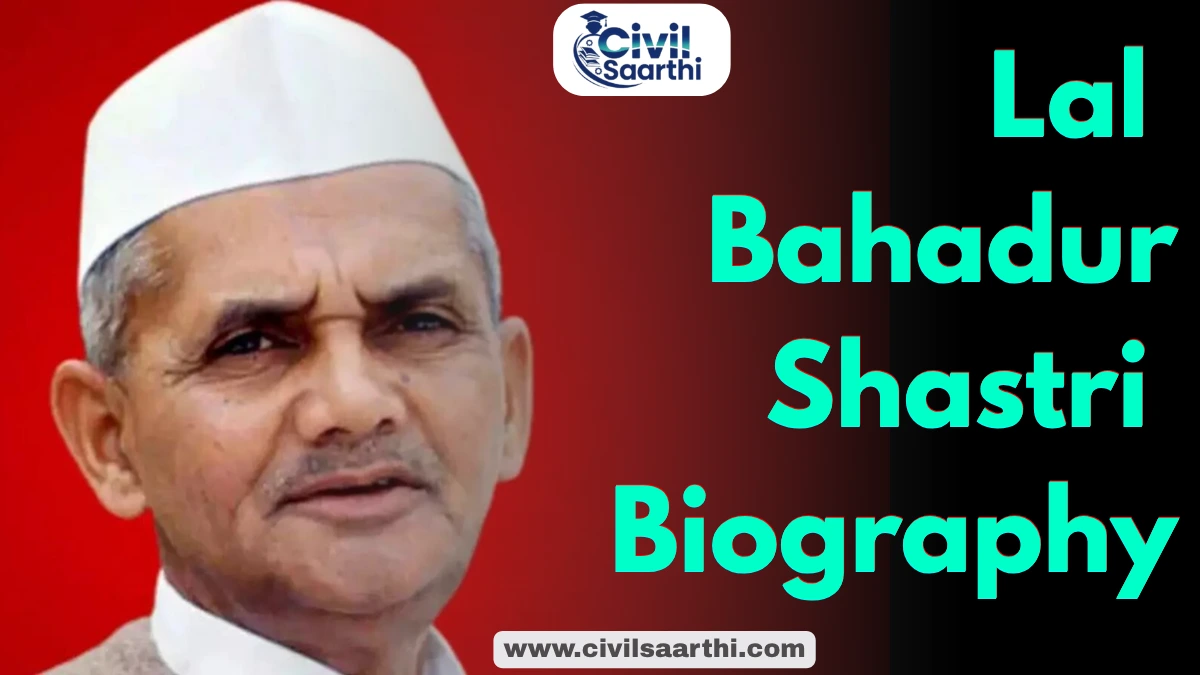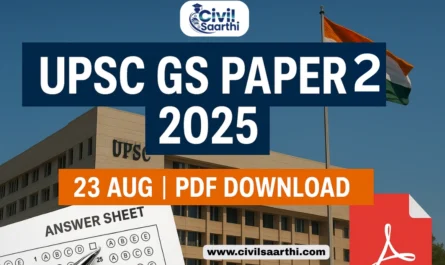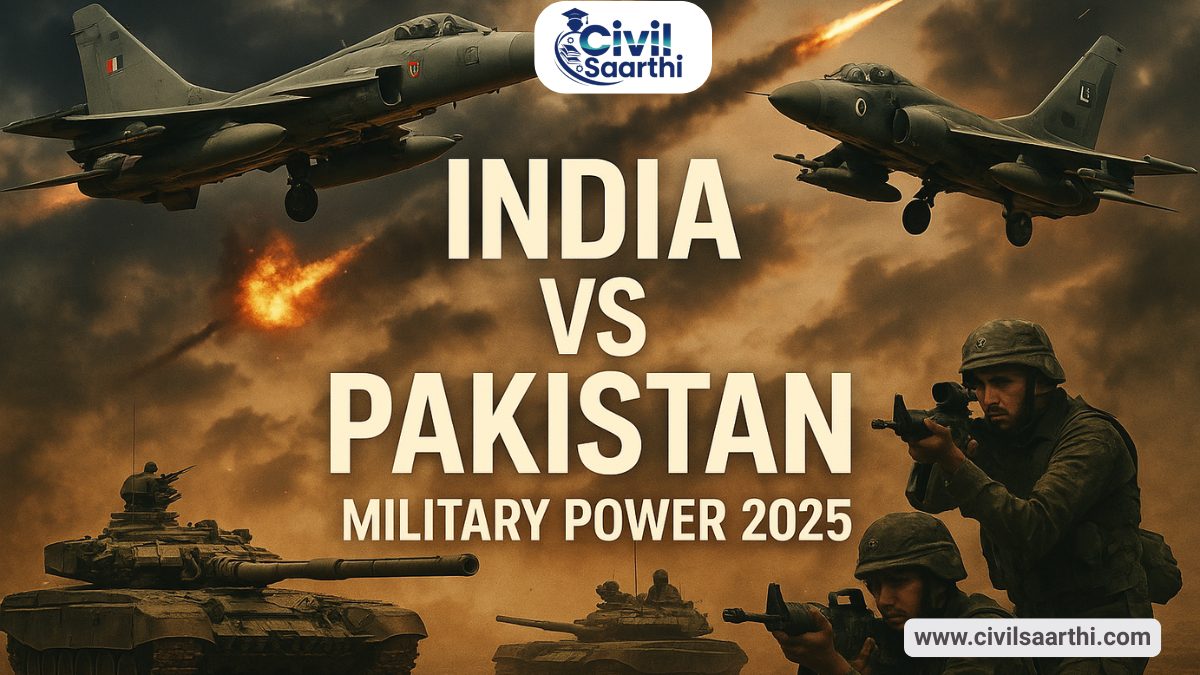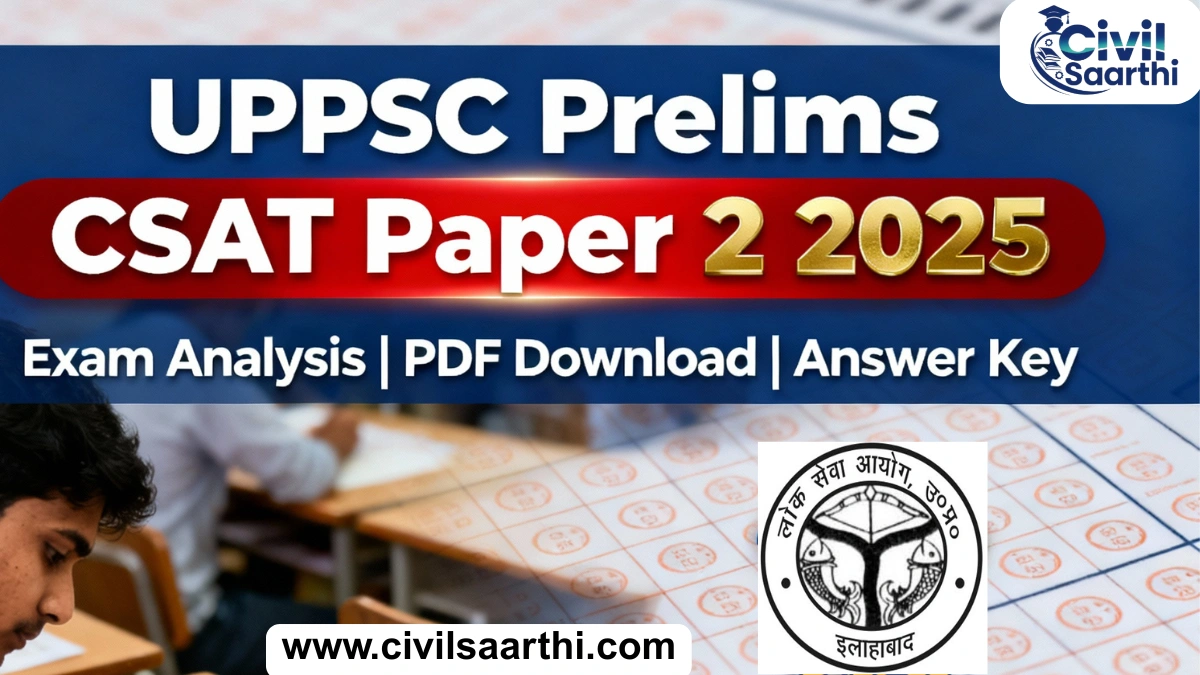Lal Bahadur Shastri, India’s second Prime Minister, was an epitome of honesty, humility, and patriotism. A staunch Gandhian, his leadership during India’s critical phases, both during the freedom struggle and post-independence, left a lasting impact on the nation. His iconic slogan, “Jai Jawan Jai Kisan,” continues to inspire generations.
Early Life of Lal Bahadur Shastri
Born on October 2, 1904, in Mughalsarai (now Pandit Deen Dayal Upadhyaya Nagar), Uttar Pradesh, Lal Bahadur Shastri came from a modest Kayastha family. He lost his father, a school teacher, when he was just one year old, and was brought up by his mother and maternal relatives.
Despite financial hardships, he showed exceptional dedication to education and values. Deeply influenced by Mahatma Gandhi and nationalist leaders, Shastri Ji developed an early sense of service and sacrifice for the nation.
Educational Background of Lal Bahadur Shastri
Lal Bahadur Shastri began his education at East Central Railway Inter College in Mughalsarai. He later joined Kashi Vidyapeeth in Varanasi, where he earned the title “Shastri,” a scholarly degree that later became an integral part of his name.
| Qualification | Institution | Special Notes |
| Basic Schooling | Mughalsarai | Walked miles to attend school |
| Higher Education | Kashi Vidyapeeth | Earned the title “Shastri” |
| Influence of Gandhian Thought | Self-study and public life | Inspired to join freedom movement |
Lal Bahadur Shastri and Indian Freedom Movement
Shastri was drawn to the Indian freedom struggle at a young age. He actively participated in several major movements and faced imprisonment multiple times. His commitment was unwavering, even at the cost of his personal comfort.
He joined the Non-Cooperation Movement in 1920, inspired by Gandhi’s call to boycott British institutions. Later, he became a part of the Salt Satyagraha and the Quit India Movement, displaying courage and resilience.
| Lal Bahadur Shastri and Indian Freedom Movement | |
| Movement | Role Played |
| Non-Cooperation Movement (1920) | Joined as a volunteer, left school |
| Salt Satyagraha (1930) | Participated in Dandi March |
| Quit India Movement (1942) | Arrested and imprisoned |
Political Journey After Independence
Following independence in 1947, Shastri quickly rose through the ranks of the Indian National Congress due to his sincerity, work ethic, and clean image. He was appointed as Parliamentary Secretary in Uttar Pradesh and later held several important cabinet positions under Prime Minister Nehru.
He maintained a humble lifestyle, using public transport and living modestly even as a minister, which earned him admiration across party lines.
| Political Journey After Independence | ||
| Position | Years Held | Key Responsibilities & Achievements |
| Parliamentary Secretary | 1946 | Assisted administration in UP |
| Minister of Police (UP) | 1947-1951 | Introduced “water jets” for crowd control |
| Railway Minister | 1951-1956 | Resigned after a train accident (moral example) |
| Home Minister | 1961-1963 | Handled internal security and linguistic tensions |
| Prime Minister of India | 1964-1966 | Led India during war and economic challenges |
Prime Ministerial Tenure of Lal Bahadur Shastri: 1964-1966
Lal Bahadur Shastri took over as Prime Minister after Jawaharlal Nehru’s death in 1964. His leadership came at a time when the country was facing severe internal and external challenges, including a food crisis and escalating conflict with Pakistan.
Despite a short tenure, he took bold decisions in both agriculture and defense sectors. His strong yet humble leadership style helped unite the nation in difficult times.
Jai Jawan Jai Kisan: Meaning and Significance
Shastri gave the historic slogan “Jai Jawan Jai Kisan” during the 1965 India-Pakistan War. This phrase resonated with the heart of the nation, emphasizing the need to respect and empower both soldiers and farmers, the backbone of India.
It was a call for self-reliance, national pride, and unity during wartime, and it still echoes in Indian political and patriotic discourse today.
1965 India-Pakistan War and Tashkent Agreement
The 1965 Indo-Pak war tested India’s defense capabilities. Under Shastri’s command, the Indian armed forces gave a strong response. After the war, a peace treaty was signed in Tashkent (USSR) on January 10, 1966, between Shastri and Pakistan’s President Ayub Khan.
Sadly, just hours after signing the agreement, Shastri died in Tashkent under mysterious circumstances. Though officially declared a heart attack, there have been persistent demands for further investigation.
Sudden Death and Mystery Surrounding It
Shastri’s death shocked the entire nation. His body was returned to India with alleged signs of injury, leading to suspicion and conspiracy theories. No post-mortem was conducted, further deepening public doubts.
To this day, questions remain unanswered about the real cause of his death. Many believe it was not a natural demise but rather involved foul play.
Achievements and Contributions of Lal Bahadur Shastri
Shastri’s achievements as a leader extended beyond war and peace. He initiated key reforms in agriculture and dairy sectors, laying the foundation for India’s food security. His clean and transparent governance set a high moral benchmark.
| Sector | Initiative | Impact |
| Agriculture | Supported Green Revolution | Improved food grain production |
| Dairy | Promoted White Revolution | Boosted milk production and rural economy |
| Governance | Resigned after train accident | Upheld moral responsibility |
| National Morale | Gave slogan “Jai Jawan Jai Kisan” | United the country during wartime |
Bharat Ratna and Other Honors
In recognition of his service to the nation, Lal Bahadur Shastri was posthumously awarded the Bharat Ratna in 1966. His birthday on October 2 is also shared with Mahatma Gandhi and celebrated as a day of national importance.
Numerous educational institutions, roads, government programs, and awards are named in his memory, keeping his legacy alive.
Personal Life and Family Background
Lal Bahadur Shastri was married to Lalita Devi in 1928. They had six children, and he was known for being a devoted family man. Despite holding high offices, he never compromised on his principles and lived a simple life.
He practiced what he preached, and his lifestyle reflected his beliefs in Gandhian ideals and public service.
Lal Bahadur Shastri Biography FAQs
Who was Lal Bahadur Shastri?
Lal Bahadur Shastri was the second Prime Minister of India and a prominent freedom fighter.
What is Lal Bahadur Shastri famous for?
He is known for his slogan “Jai Jawan Jai Kisan” and leadership during the 1965 war.
When did Lal Bahadur Shastri become Prime Minister?
He became Prime Minister in 1964 after the death of Jawaharlal Nehru.
How did Lal Bahadur Shastri die?
He died on January 11, 1966, in Tashkent after signing the peace agreement with Pakistan.
What was Lal Bahadur Shastri’s role in the freedom struggle?
He actively participated in movements like Salt Satyagraha and Quit India and was jailed multiple times.
Which award was given posthumously to Lal Bahadur Shastri?
He was awarded the Bharat Ratna posthumously in 1966.
What is the significance of the slogan “Jai Jawan Jai Kisan”?
It highlighted the importance of farmers and soldiers in India’s development and security.







